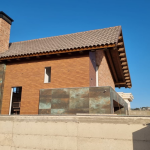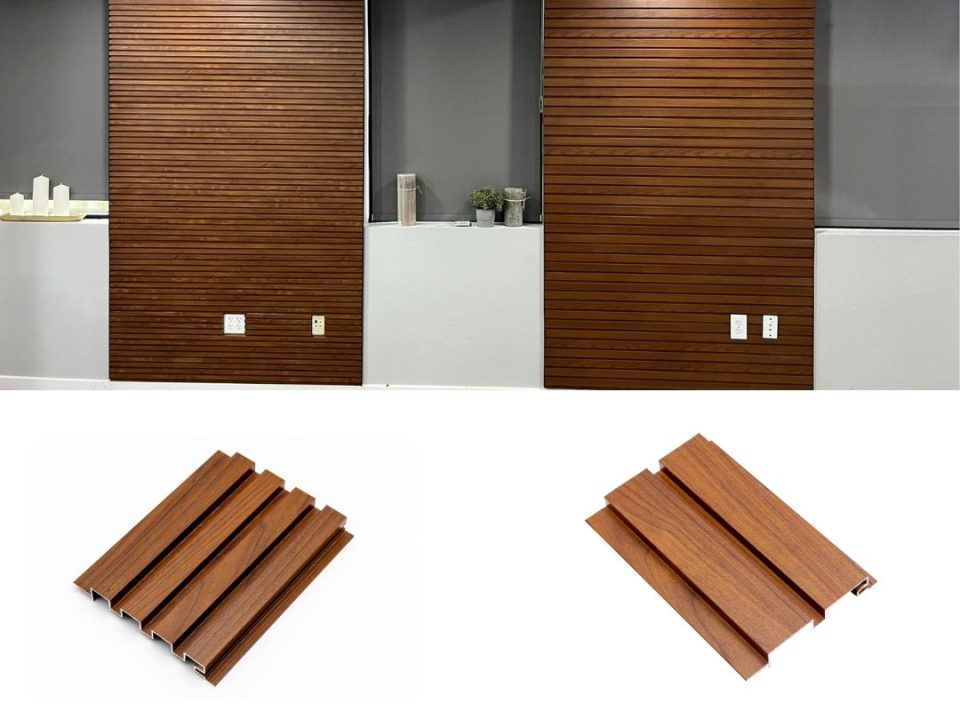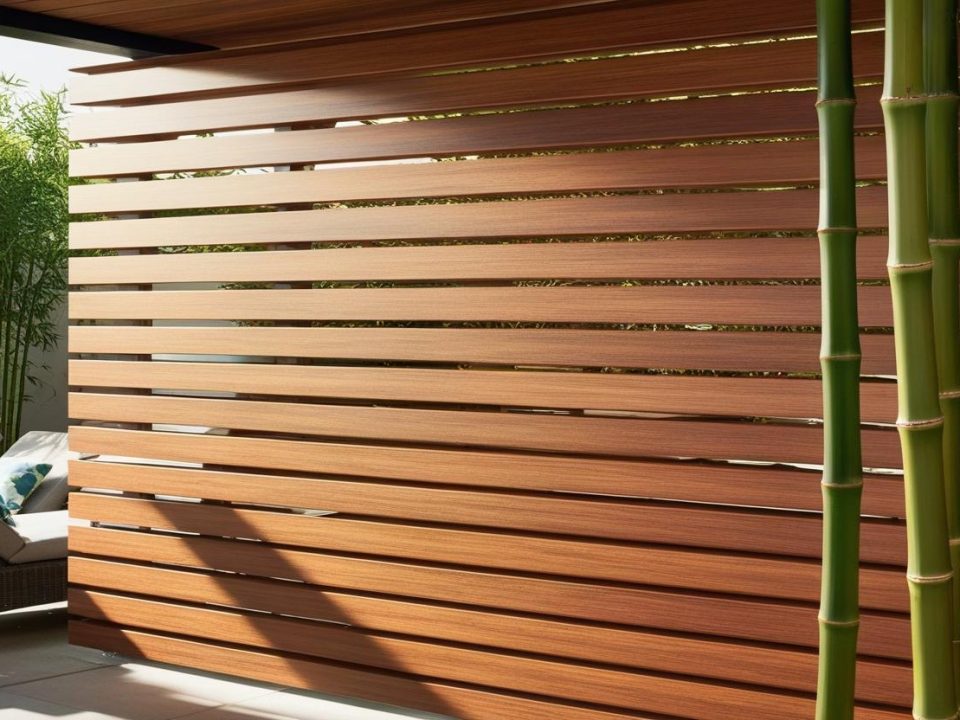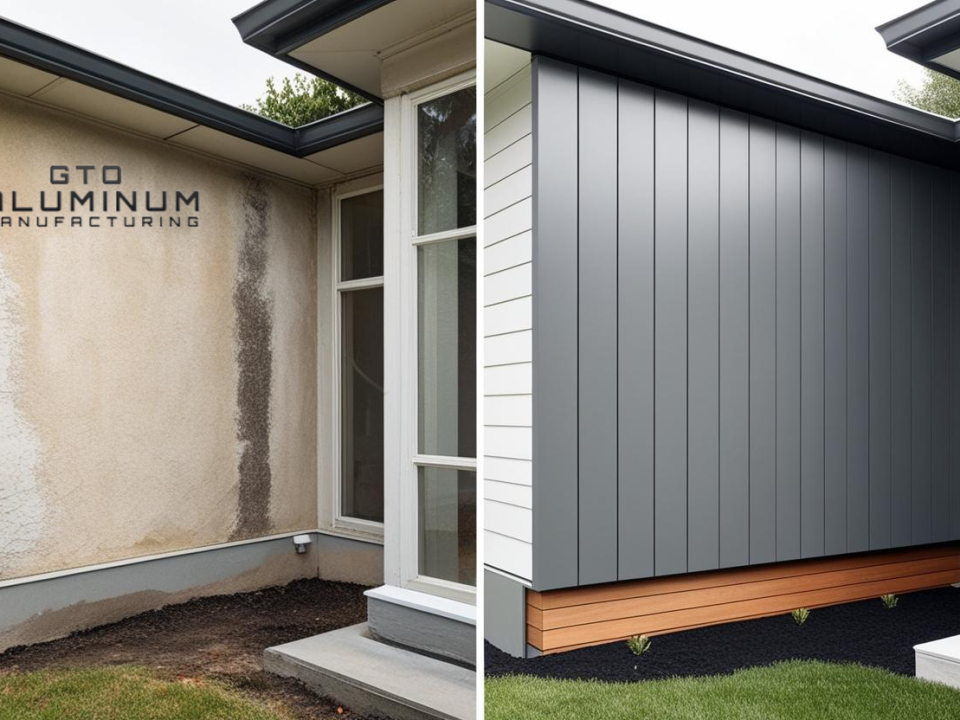
Future Trends in Aluminum Cladding Textures and Patterns

The Advantages of Anodized Aluminum Cladding

Ready to revolutionize your building’s energy efficiency and comfort? Discover how thermal breaks in aluminum cladding can be your game-changer!
In the world of architecture and construction, efficiency and innovation walk hand in hand, leading us towards more sustainable solutions.
One such innovative technology that has significantly impacted the industry is the use of thermal breaks in aluminum cladding.
Let’s dive into the importance and benefits of thermal breaks and understand why they are indispensable in modern construction.
What are Thermal Breaks?
Often considered the unsung heroes of architectural design, are insulating barriers within the frame of aluminum cladding.
Given aluminum’s high thermal conductivity, without these breaks, buildings would struggle to maintain internal temperatures, leading to increased energy consumption.
These are designed to interrupt this conductive path, ensuring that the inside of a building stays warmer in winter and cooler in summer.
Incorporating this into aluminum cladding is not just about improving energy efficiency.
It’s about taking a significant step toward creating buildings that are more comfortable and less costly to maintain.
This technology is especially crucial in areas with extreme weather conditions, where the battle against heat loss or gain.
The Importance of Thermal Breaks
The primary importance of this in aluminum cladding lies in its ability to significantly reduce thermal bridging.
Thermal bridging occurs when materials that are poor insulators come in direct contact, allowing heat to flow through them easily.
This can lead to energy loss, making buildings less eco-friendly and increasing utility bills.
By interrupting this path, these help maintain the energy integrity of buildings, ensuring that the efforts to heat or cool the space are not in vain.
Furthermore, thermal breaks play a crucial role in preventing condensation, which can lead to mold growth and structural damage.
Benefits of Thermal Breaks in Aluminum Cladding
- Enhanced Energy Efficiency
One of the most significant benefits of thermal breaks is the improvement in energy efficiency.
By reducing the amount of heat transferred through the cladding, helps to keep the building’s interior temperature stable.
This stability means HVAC systems need to work less hard to maintain comfortable living or working conditions, leading to lower energy consumption and, consequently, reduced energy bills.
- Increased Comfort
Thermal breaks contribute to a more comfortable indoor environment by eliminating cold spots and drafts near windows and doors.
This increase in comfort is especially noticeable during extreme weather conditions, making spaces more livable.
- Condensation Reduction
The risk of condensation and subsequent issues like mold growth and water damage is significantly reduced with the inclusion of thermal breaks.
By preventing the interior surfaces of cladding from becoming too cold, thermal breaks help to maintain the living environment.
- Sound Insulation
Beyond thermal insulation, thermal breaks can also improve sound insulation.
The same barrier that blocks thermal conductivity can also help to reduce the transmission of sound, contributing to quieter and more peaceful interior spaces.
- Design Flexibility
Thermal breaks have evolved to offer not just functionality but also design flexibility.
Today’s market offers thermal break solutions that can be integrated into various designs and aesthetics of aluminum cladding.
This means architects and designers don’t have to compromise on appearance to achieve the desired thermal performance.
- Sustainability
Building sustainability is increasingly becoming a priority in construction, and this contributes significantly to this goal.
By enhancing energy efficiency and reducing the need for artificial heating and cooling, buildings with these breaks have a lower carbon footprint.
This sustainability aspect is crucial for achieving green building certifications and for projects aiming to minimize environmental impact.
- Economic Impact
While the initial cost of integrating this into aluminum cladding may be higher than standard solutions, the long-term savings in energy bills make it an economically sound investment.
Additionally, buildings with better energy efficiency and sustainability features often have higher market values, making this a wise choice from a financial perspective.
- Regulatory Compliance
With the tightening of building regulations around energy efficiency, these in aluminum cladding has become a necessity rather than a luxury.
Many regions now require the incorporation of thermal breaks to meet the minimum standards for thermal performance, pushing the construction industry towards more innovative solutions.
Conclusion
In conclusion, thermal breaks in aluminum cladding are indispensable for achieving modern, sustainable, and energy-efficient buildings.
As we continue to navigate the evolving landscape of architectural design and construction, the role of knowledgeable and experienced partners like GTO Aluminum becomes increasingly vital.
GTO Aluminum stands at the forefront of this innovation, offering cutting-edge solutions for integrating thermal breaks into aluminum cladding.
Whether you’re working on a commercial high-rise, a residential development, or a specialized architectural project, GTO Aluminum’s team of experts is equipped to provide tailored advice and solutions that align with your specific needs and goals.
By partnering with GTO Aluminum, you gain access to top-quality materials, innovative design options, and sustainable building solutions that pave the way for the future of construction.





